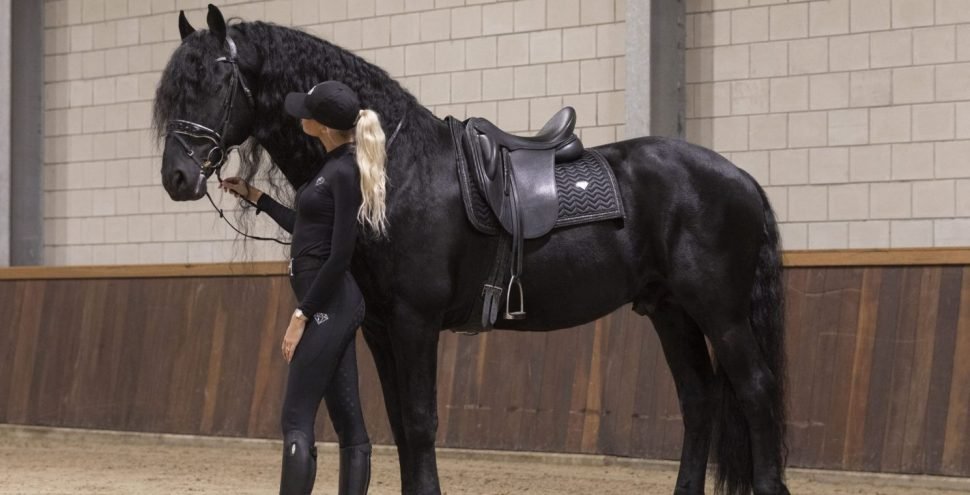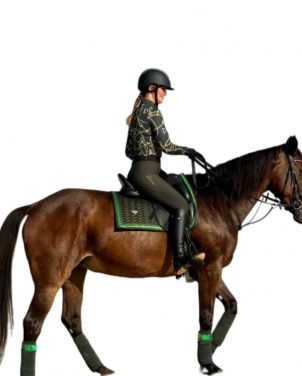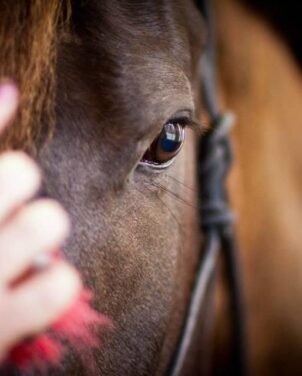Introduction
At Diamont Equestrian, we know that keeping your horse happy and healthy is essential to their well-being and performance. A happy horse is one that not only performs well but also enjoys the activities it participates in, whether it’s daily rides, competitive events, or just playtime. Achieving this requires attention to several key factors, including proper nutrition, regular exercise, and effective grooming practices.
Taking care of a horse involves more than just feeding and riding. Horses need a balanced diet, safe and clean living conditions, and regular physical activity to maintain their health. Proper grooming also plays a vital role in preventing diseases and infections, ensuring your horse looks and feels good. Creating a comfortable living environment where the horse feels safe and secure is equally crucial. We aim to provide you with practical tips and insights to help you take comprehensive care of your horse, making sure it remains a joyful and healthy companion.
Preparing for Your First Ride: What You Need to Know
Before hopping onto a horse, it’s important to prepare properly. Start by wearing the right gear. A helmet is a must for safety, and sturdy boots with a small heel help avoid slipping out of the stirrups. Comfortable clothing that doesn’t restrict movement is also essential. Make sure you have a well-fitted saddle and bridle to ensure both you and the horse are comfortable.
Understanding your horse is just as crucial. Spend time getting to know the horse by grooming and leading it before the ride. This helps build trust and eases the horse’s emotions. Always check the equipment for any signs of wear and tear that could cause discomfort or issues during the ride. A relaxed horse and well-prepared rider set the stage for a smoother and more enjoyable experience.
Basic Horse Riding Positions and Postures
Proper riding positions and postures are key to ensuring comfort and safety. The most fundamental position is the neutral seat, where your weight is evenly distributed in the saddle. Keep your back straight but relaxed and your heels down in the stirrups. This posture helps maintain balance and gives you better control over the horse.
Here’s a simple guide to remember:
1. Sit up straight with your shoulders back.
2. Keep your eyes forward, looking where you want to go.
3. Maintain a gentle grip on the reins.
4. Position your legs close to the horse’s sides without gripping too tight.
5. Ensure your heels are lower than your toes to help with balance.
These tips will help you ride confidently and communicate effectively with your horse. Paying attention to your posture can prevent strain and make rides more enjoyable for both you and your equine companion.
Important Commands and How to Use Them
Learning the basic commands is essential for effective communication with your horse. Commands, or cues, are ways to tell your horse what you want them to do. The most common commands include “walk,” “trot,” and “canter.” Each of these movements has a specific signal you need to give using your body and the reins.
For example, to ask your horse to walk, gently squeeze with your legs while applying a bit of pressure on the reins to keep the horse from moving too fast. For a trot, increase the pressure from your legs and slightly lift your seat out of the saddle to match the horse’s rhythm. When asking for a canter, give a gentle kick with your outside leg while squeezing with your inside leg, and slightly tilt your hips forward. Practicing these commands helps build a bond of trust and understanding between you and your horse.
Common Mistakes to Avoid When Riding a Horse
Even experienced riders can make mistakes, so it’s important to be aware of common pitfalls. One frequent error is holding the reins too tightly, which can cause discomfort for the horse and make steering more difficult. Instead, keep a gentle but firm grip on the reins. Another mistake is improper posture; slouching or leaning too far forward can throw off your balance and make riding uncomfortable for you and the horse.
Another common issue is using too much leg pressure, which can confuse or irritate the horse. Gradually apply pressure and be consistent with your commands. Avoid looking down, as it affects your balance and can signal insecurity to the horse. Keeping your eyes focused ahead helps maintain a steady posture and gives you better control. By being aware of these common mistakes, you can enjoy a safer and more rewarding riding experience.
Conclusion
We hope this guide to essential horse riding techniques helps you get started on your journey with confidence and joy. These basics—from preparation to posture, commands, and avoiding common mistakes—are key to building a strong foundation in horseback riding. The better prepared you are, the more you will enjoy this incredible activity and bond with your horse.
At Diamont Equestrian, we are passionate about helping you become the best rider you can be. Explore our range of equestrian gear designed to enhance your riding experience. Visit Diamont Equestrian today to find the perfect attire and equipment for your next ride. Let’s ride into new adventures together!





